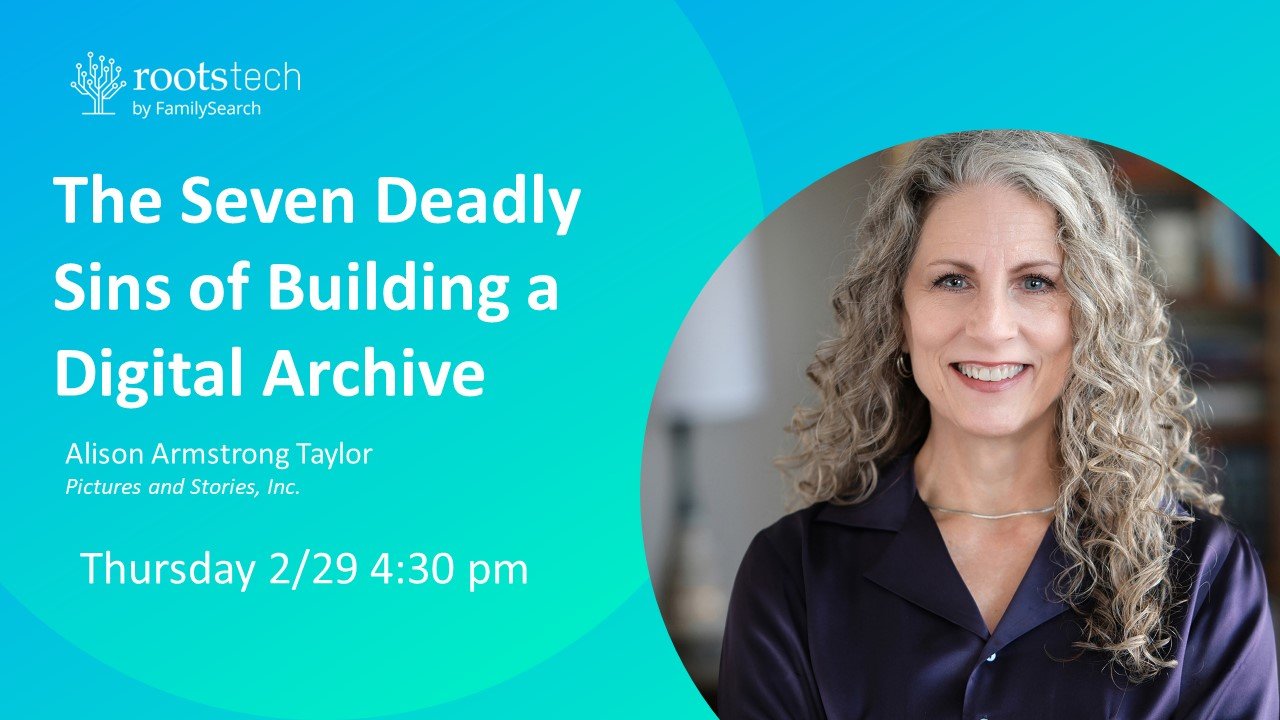You've written your narrative, and now you're ready to choose what photos you want to go with it. But how do you choose the gems from the stacks and boxes of slides, photos, and documents? Here are a few things to consider:
If it's a great photo but it doesn't fit the scope of your story, consider saving it for another project.
1. Does this photo fit the purpose and scope of my book? If you are writing a limited scope book about your war experiences, you may want to include one or two pertinent pictures from your childhood, but probably not twenty. If you are writing your own life story, you may want to do a separate volume on your ancestors rather than trying to include them all in your book.
2. Does this photo include people? Photos with people, even if technically inferior, are so much more interesting to most human beings than landscapes alone. If you have a choice between a photo of the Tower of London by itself or your Aunt Alice standing in front of the Tower of London, use the latter.
Which do you think is more interesting? The Tower of London or the Tower with Aunt Alice?
3. Does it show personality? We don't always have a choice -- sometimes you only have one photo. But if you have multiples to choose from, choose the one that captures your mother's lopsided smile or your grandfather's playful nature.
The studio photo in the center is of good quality, but it doesn't capture the real personalities of my grandmother, the perpetual nurturer, or my grandfather, the perpetual clown. Even though the other photos are a little blurry or grainy, I would choose them over the studio portrait any day.
4. Don't be deterred by a poor-quality photo. You can improve a faded or scratched photo fairly easily using automatic correction tools in your scanner driver or photo-editing tools like Photoshop. If a print is severely damaged, you can have it digitally restored for a small fee. However, beware of pulling a low-res photo off the internet; they will look much worse in print than on your screen. Get a high-resolution (300 ppi or greater) scan from an original whenever possible. (See this post for scanning tips.) If the downloaded photo is all you have, keep it small on the page for best results.
The miracle of Photoshop autocorrect tools.
5. Don't forget letters, postcards, and other documents that can add visual and historical interest. (See this post for tips on adding documents to your history.)
Documents, letters, and other ephemeral bits of history can add a visual flair as well as important information.
6. Lastly, and perhaps most importantly, does it have emotional impact? Again, you don't always have a choice. But if you do, go for emotional value over photographic excellence.
The subjects in this photo comb through the ruins of their apartment building after their city was bombed during World War II. While not all of us have such dramatic photos, look for photos that invoke a strong emotional response.








